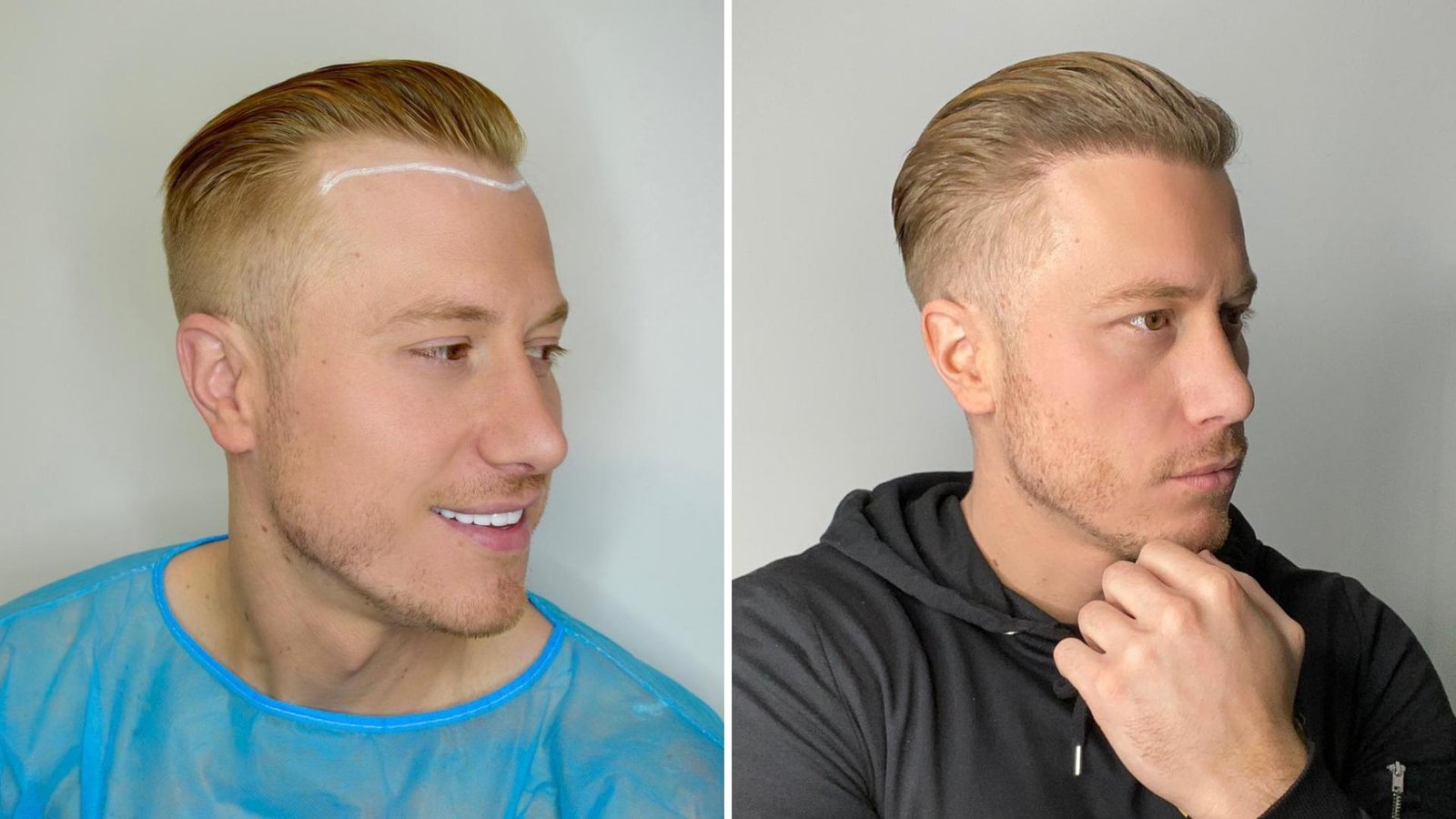
Post-Hair Transplant Recovery: What Should You Pay Attention To?
Hair transplant is a long-term investment in your appearance and confidence. But remember — the success of the procedure doesn’t end in the operating room. The post-operative recovery phase plays a vital role in ensuring strong graft retention and natural-looking results.
🛏️ 1. First 3 Days: Rest and Protection Are Critical
- Keep your head elevated, especially while sleeping. Use a 45-degree angle pillow to avoid swelling.
- Avoid touching, scratching, or putting any pressure on the transplanted area.
- Stay away from alcohol, smoking, and caffeine during the first 72 hours.
🚿 2. First Wash and Scalp Cleaning
- Washing typically starts on day 3, using a special lotion and shampoo recommended by your clinic.
- Apply products gently without using your fingernails. Let water flow over the scalp — do not rub.
- Pat dry with a soft paper towel or use a cool air dryer. Avoid towel friction.
🍽️ 3. Nutrition and Hydration Support Healing
- Follow a protein-rich and vitamin-packed diet.
- Prioritize foods containing Vitamin C, B-complex, Zinc, and Biotin to support follicle strength.
- Stay hydrated — drinking water helps cells regenerate faster.
🚫 4. Avoid These Risks
- Avoid sun exposure, seawater, pools, and saunas for at least 2 weeks.
- If wearing a hat is necessary, choose a loose-fitting one that doesn’t touch the grafts.
- Refrain from strenuous exercise or anything that causes sweating for 10+ days.
🧴 5. Medical Support and Follow-Ups
- Use all prescribed lotions, serums, or sprays exactly as instructed.
- Attend your scheduled check-ups for professional evaluation and support treatments like PRP or mesotherapy.
- Shock loss (temporary shedding) is common in the first few weeks — this is part of the natural healing cycle.
✅ Final Words: Patience + Proper Care = Success
Hair transplant recovery requires commitment. Don’t expect instant results — visible improvements typically begin after 3 months, with full growth appearing by month 12. By following your doctor’s advice and practicing careful aftercare, you’ll be well on your way to fuller, natural-looking hair.
